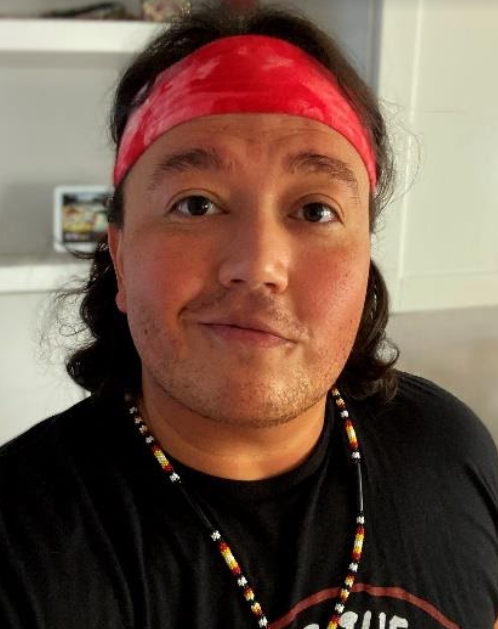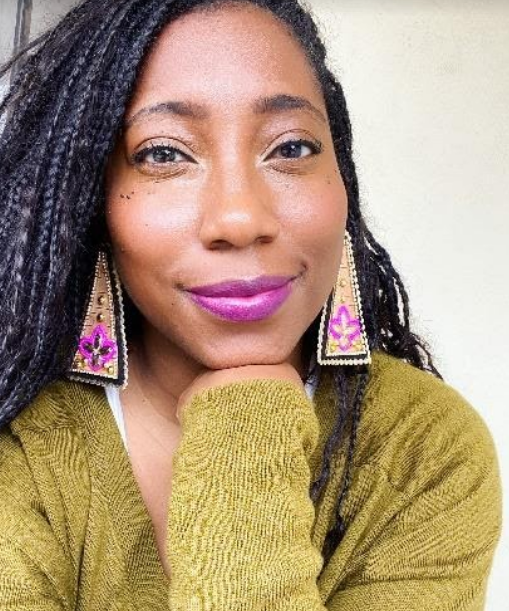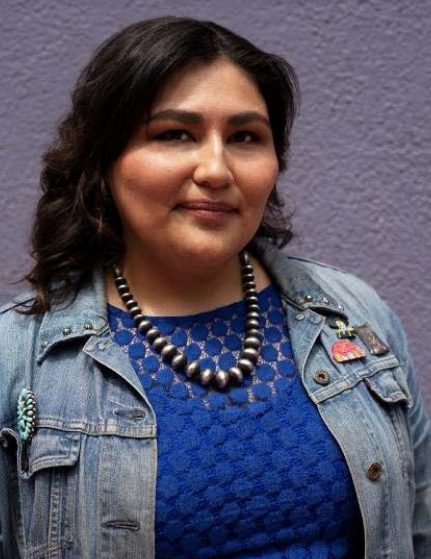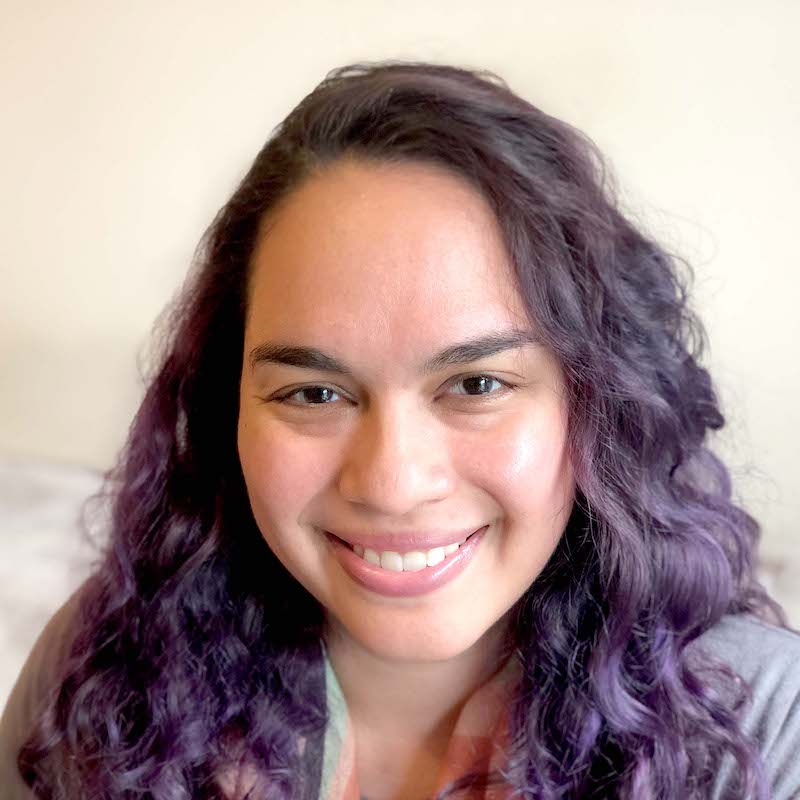Many people today are reexamining what it means to show solidarity, especially within Black and Native communities. There is an underlying and overlooked shared history between the two groups that American culture needs to acknowledge and incorporate into its narrative. As with any progressive societal movement, it takes multiple voices to speak up and form alliances to make impactful change. Emerging and veteran BIPOC writers are reassessing their approaches to representing these stories on television.

Late last month, the Writers Guild of America West (WGAW) hosted a panel discussion to promote Black and Indigenous narratives as well as discuss actionable steps for collaboration through storytelling. Moderated by Haudenosaunee writer Kelly Lynne D’Angelo (Miracle Workers) and non-binary comedian Zackery Stephens (Q-Force), “The Story of US: Decolonizing Black and Native/Indigenous Narratives” delved into the uncomfortable experiences as well as the congenial situations of the writers’ room.
Featured panelists included Lucas Brown Eyes (Duster), Lolis Eric Elie (Cherish the Day), Tina Andrews (Sally Hemings An American Scandal), Azie Dungey (Unbreakable Kimmy Schmidt), and Sierra Ornelas (Rutherford Falls).

“I leaned on Black male writers as co-conspirators. Creating that community is helpful in a writing room and making sure these writers are on show with these types of characters,” Ornelas (Navajo) said.
The Rutherford Falls showrunner and co-creator has a greater understanding of the necessity to build relationships with fellow writers. A former film programmer for the Smithsonian’s National Museum of the American Indian, Ornelas has a decade’s worth of experience working on sitcoms, such as Superstore and Brooklyn Nine-Nine, and acknowledges that “right pairing” with non-Native collaborators is key.
“Is or isn’t this offensive? You have to be able to have these conversations to be effective. Build those bonds and be honest about your own journey of education. I can be more aware of my own blind spots,” said Ornelas.
Her approach to confronting cultural conflicts revolves around being inventive with solutions and carving out pathways to gain allies. She believes creating space for everyone to speak counteracts crabs in a bucket mentality, or the belief “if I can’t have it, you can’t either,” which ultimately supports the interconnectedness of BIPOC experiences.
“Because of erasure, we don’t see each other in our Black and Native stories,” Dungey commented, who is Pamunkey and African American.
Dungey is best known for her critically acclaimed comedy series Ask a Slave, where she plays Lizzie Mae, a housemaid to George and Martha Washington, and is based off of her time as a reenactor at Mount Vernon. The Emmy-nominated writer has had to offset racism from multiple directions because of her mixed identity but has found fun and creative outlets to address these issues.
“I felt like I had to prove I belonged in [Native] space, because I’m also Black. I’m like a minority within a minority. It’s an exercise in patience, but I’m becoming more confident and there are more stories to be told. In this climate, people are worried about getting it wrong. We have to start trusting people of color to just do it. We have to be careful, but on the other hand, if I don’t do it, who else will?” Dungey explained.
Many of the writers described how they’ve had to combat the idea that no one would be interested in onscreen BIPOC stories, especially from producers and network executives. Contrary to that argument, many audiences are just as diverse and want to see more characters and storylines that reflect their experiences.

“All good art comes from authenticity. If we have to justify telling our own stories, we’re starting from below zero. [Sometimes] it feels like we’re still at the start,” Brown Eyes commented.
The Oglala Sioux comedian, whose Lakota name is “Wawo Yaca Wicasa” means storyteller, has written over 100 tv episodes for Fox, Freeform, Disney, PBS, Netflix, Disney and HBO Max. When he first started out, he struggled with feeling unheard and saw prevalent gatekeeping, which is problematic both from higher ups who only want certain Native experiences told and from Native communities who only want certain people telling the stories.
“Now that there is more representation, you can get your foot in staffing. When trying to tell an impactful story, you have to build your momentum into the story. It’s an extra step having to stop and explain,” Brown Eyes said about the challenges of educating people on cultural knowledge.
To alleviate some of the pressure off of the writers, third-party organizations are developing strategies and best practices when portraying Indigenous characters and culture.
In 2018, the entertainment nonprofit IllumiNative developed “The New Native Narrative,” a resource guide for industry professionals seeking to focus on Indigenous peoples. It reported that 78% of Americans want to see and learn more about contemporary Native stories. Of those surveyed, Black and Latinx participants showed the most interest and wanted to “do more” to support Natives. Some suggested actions for allies/accomplices include hiring Native people, reaching out to communities, showcase more modern, nuanced depictions and overall provide more screen time.
“You need more diversity at the top, middle and bottom,” Ornelas said, who is now the first Native to run an American sitcom.
“I’ve been very blessed and fortunate. I don’t want to be the last, so I’m hoping for very few ‘firsts’ for us.”
As television continues to evolve, it’s breaking away from traditional network formulas and recognizing untapped markets. Streaming platforms are experimenting with new styles, formats and storytelling narratives, which are broadening opportunities for more non-white staffers, content creators and executives. Overshadowed Indigenous and Black writers are being able to convey more genuine characters and experiences while not having to always rely on actors/actresses to advocate for their ideas or concepts that were rejected.
Brown Eyes remains optimistic, “Society will benefit when you start to see these stories. Something changes in you. You start to heal.”
More Stories Like This
A Native American Heritage Month Playlist You Can Listen to All Year Long11 Native Actors You Should Know
Five Native American Films You Should Watch This Thanksgiving Weekend
Heavy metal is healing teens on the Blackfeet Nation
Over 150 Tribal Museums Participate in Fourth Annual Celebration of Native Life
Help us tell the stories that could save Native languages and food traditions
At a critical moment for Indian Country, Native News Online is embarking on our most ambitious reporting project yet: "Cultivating Culture," a three-year investigation into two forces shaping Native community survival—food sovereignty and language revitalization.
The devastating impact of COVID-19 accelerated the loss of Native elders and with them, irreplaceable cultural knowledge. Yet across tribal communities, innovative leaders are fighting back, reclaiming traditional food systems and breathing new life into Native languages. These aren't just cultural preservation efforts—they're powerful pathways to community health, healing, and resilience.
Our dedicated reporting team will spend three years documenting these stories through on-the-ground reporting in 18 tribal communities, producing over 200 in-depth stories, 18 podcast episodes, and multimedia content that amplifies Indigenous voices. We'll show policymakers, funders, and allies how cultural restoration directly impacts physical and mental wellness while celebrating successful models of sovereignty and self-determination.
This isn't corporate media parachuting into Indian Country for a quick story. This is sustained, relationship-based journalism by Native reporters who understand these communities. It's "Warrior Journalism"—fearless reporting that serves the 5.5 million readers who depend on us for news that mainstream media often ignores.
We need your help right now. While we've secured partial funding, we're still $450,000 short of our three-year budget. Our immediate goal is $25,000 this month to keep this critical work moving forward—funding reporter salaries, travel to remote communities, photography, and the deep reporting these stories deserve.
Every dollar directly supports Indigenous journalists telling Indigenous stories. Whether it's $5 or $50, your contribution ensures these vital narratives of resilience, innovation, and hope don't disappear into silence.
 The stakes couldn't be higher. Native languages are being lost at an alarming rate. Food insecurity plagues many tribal communities. But solutions are emerging, and these stories need to be told.
The stakes couldn't be higher. Native languages are being lost at an alarming rate. Food insecurity plagues many tribal communities. But solutions are emerging, and these stories need to be told.
Support independent Native journalism. Fund the stories that matter.
Levi Rickert (Potawatomi), Editor & Publisher

